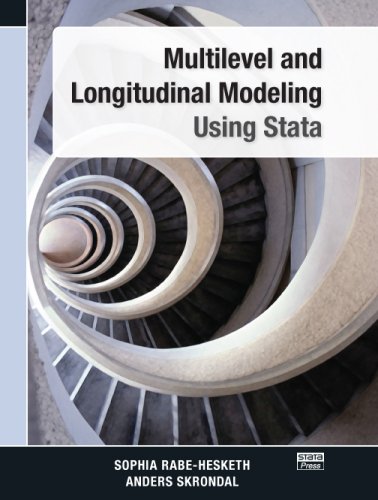Presenting a thorough and accessible treatment of generalized linear mixed models, also known as multilevel or hierarchical models,
Multilevel and Longitudinal Modeling Using Stata explains the models and their assumptions, applies methods to real data using Stata, and shows how to interpret the results.
Beginning with the comparatively simple random-intercept linear model without covariates, the text develops the mixed model from first principles, familiarizing the reader with terminology, summarizing and relating the widely used estimating strategies, and providing historical perspective. Once this mixed-model foundation has been established, the text smoothly transitions to random-intercept models with covariates and then to random-coefficient models. The middle chapters apply the concepts defined earlier for Gaussian models to models for binary responses (e.g., logit and probit), ordinal responses (e.g., ordered logit and ordered probit), and count responses (e.g., Poisson). Models with multiple levels of random variation are then considered, as well as models with crossed (nonnested) random effects.
The most complete and up-to-date depiction of Stata’s capacity for fitting generalized linear mixed models, Multilevel and Longitudinal Modeling Using Stata serves as an ideal introduction for Stata users wishing to learn about this powerful data-analysis tool.
The description of all models is clear. ...There are ample plots and output tables to support each analysis, and very little mathematical content to interfere with the flow of exposition. There are exercises at the end of each chapter, and they, like the examples, span a wide range of application areas.
-Biometrics, September 2006
A strength of the book are the exercises at the end of each of the chapters. ...The authors are to be commended for helping foster the appropriate use of these flexible regression models.
-The American Statistician, Vol. 60, No. 3, August 2006
